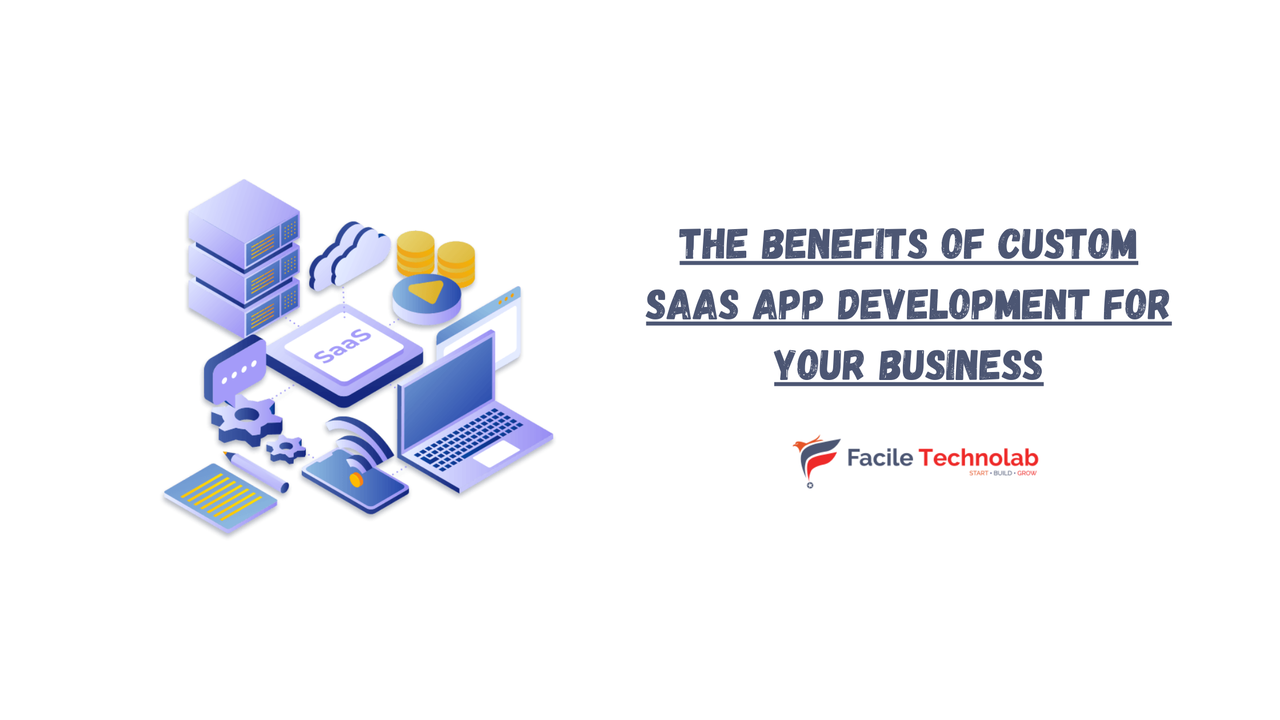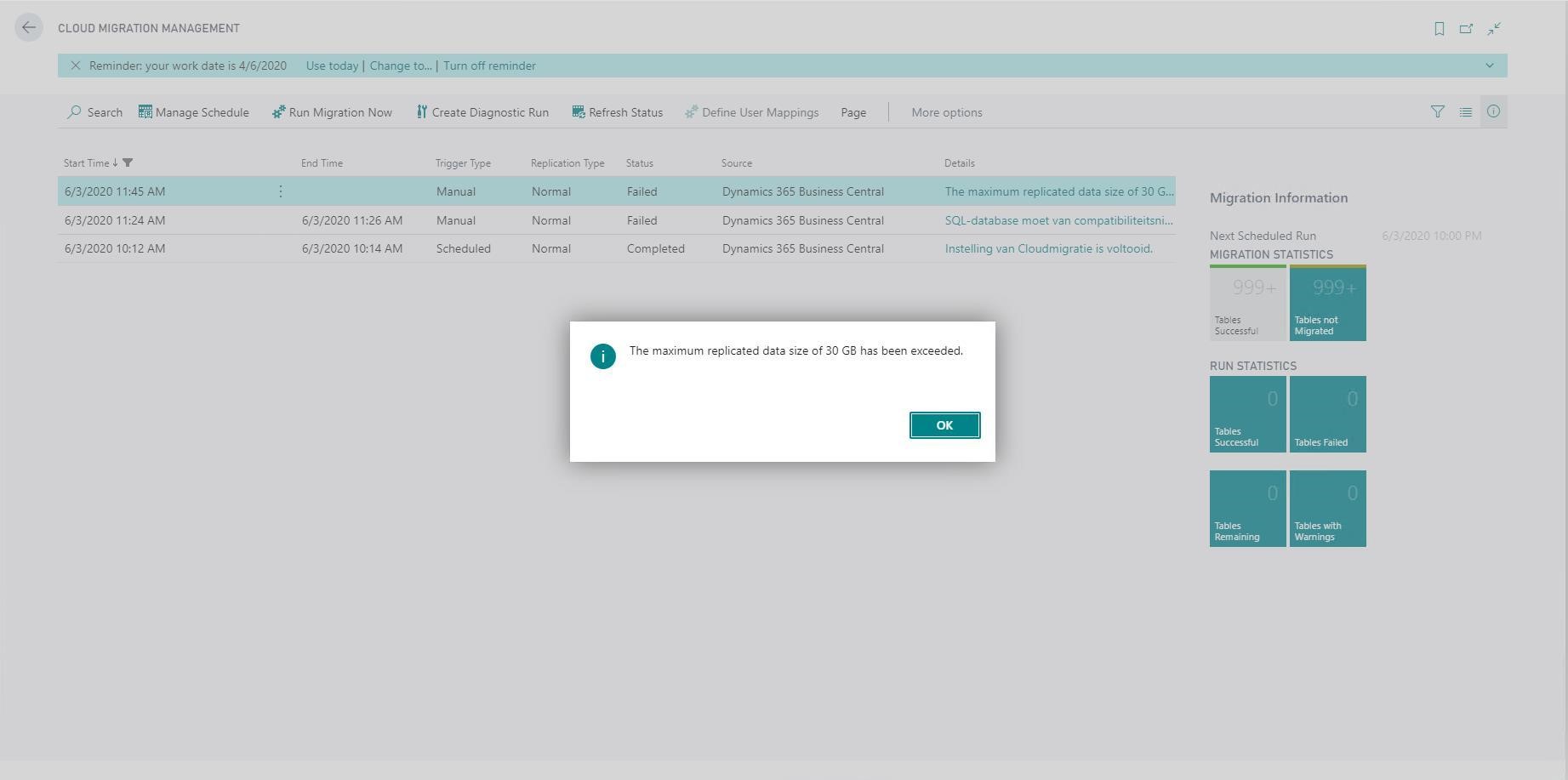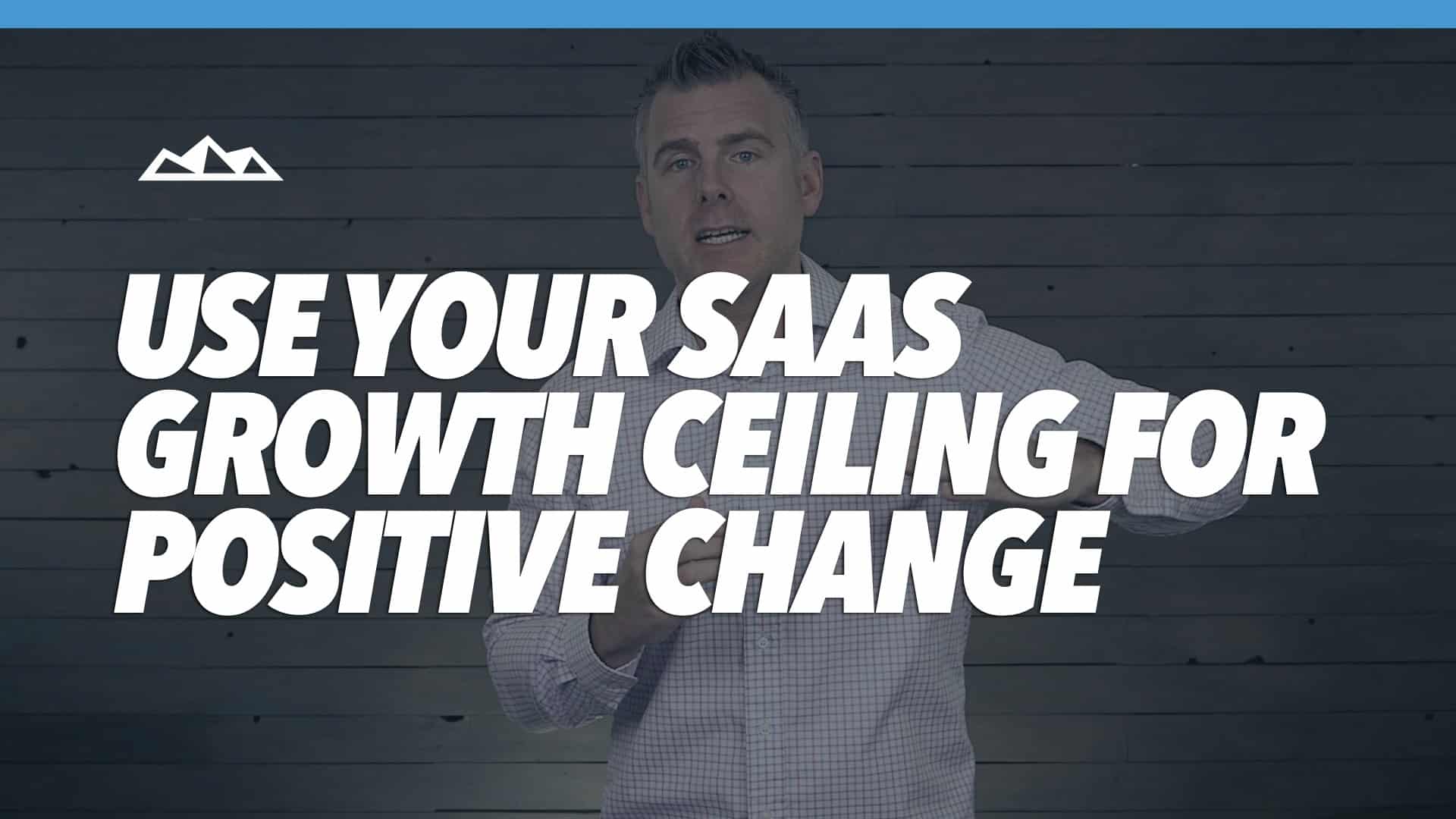SaaS businesses face security concerns and dependency on internet connectivity. Customization limitations also pose challenges for specific user needs.
Software as a Service (SaaS) offers numerous benefits, but it has its limitations. Security concerns arise because data is stored on third-party servers, making it potentially vulnerable. Dependence on internet connectivity can disrupt access and operations. Customization constraints can hinder businesses with unique requirements, limiting the software’s adaptability.
Despite these challenges, many businesses still find SaaS advantageous due to its cost-effectiveness and ease of use. Balancing the benefits and limitations is crucial for businesses considering SaaS solutions. Understanding these limitations helps in making informed decisions and planning for potential challenges.
Market Saturation
Market saturation is a significant challenge for SaaS businesses. The field is crowded, making it hard to stand out. Companies must strategize to overcome this hurdle. Understanding your niche and differentiating your product can help.
Identifying Niche Opportunities
Finding your niche is crucial. It means spotting gaps in the market. You should focus on specific problems that are not yet solved. Conduct research to identify underserved areas. Utilize tools like Google Trends and social media to find what people need. This helps you create a unique product.
- Conduct market research
- Use tools like Google Trends
- Identify underserved areas
Competitive Differentiation
Competitive differentiation sets your SaaS business apart. Highlight what makes your product unique. Showcase your unique features and benefits. Use strong branding and clear messaging. Provide excellent customer service. This can make your product more attractive.
| Strategy | Action |
|---|---|
| Unique Features | Highlight special functions |
| Branding | Use strong, clear messaging |
| Customer Service | Provide excellent support |
By focusing on these aspects, your SaaS business can thrive. Even in a saturated market, you can find success.
Customer Acquisition
Customer acquisition is a crucial part of any SaaS business. It involves attracting and converting potential users into paying customers. This process can be challenging due to competition, market saturation, and high customer expectations.
Effective Marketing Strategies
Effective marketing strategies are essential for customer acquisition. SaaS businesses must focus on digital marketing to reach a wider audience. Here are some key strategies:
- Content Marketing: Create valuable content to educate and engage potential customers.
- Social Media Marketing: Use platforms like Facebook, LinkedIn, and Twitter to reach your audience.
- Email Marketing: Send personalized emails to nurture leads and convert them into customers.
- SEO: Optimize your website to rank higher on search engine results pages.
Optimizing Sales Funnels
Optimizing sales funnels is vital for converting leads into paying customers. A well-optimized sales funnel can significantly increase your conversion rates. Follow these steps to optimize your sales funnel:
- Awareness: Use ads, blogs, and social media to attract visitors.
- Interest: Provide valuable information to keep visitors engaged.
- Consideration: Offer free trials or demos to showcase your product.
- Decision: Use testimonials and case studies to build trust.
- Action: Make the purchase process easy and straightforward.
A well-structured sales funnel can streamline the customer acquisition process. Focus on each stage to ensure a smooth transition from lead to customer.
Customer Retention
Customer retention is crucial for any SaaS business. Keeping customers is often cheaper than acquiring new ones. Many businesses struggle with this. High churn rates can harm growth.
Improving Customer Support
Customer support plays a vital role in retention. Customers need quick resolutions. Slow responses can frustrate users.
Provide multiple support channels:
- Live chat
- Phone support
- FAQs
Train support teams to handle issues efficiently. Ensure they have deep product knowledge. Use customer feedback to improve support quality.
Enhancing User Experience
User experience (UX) is key to customer retention. A smooth interface keeps users engaged. Poor UX can drive users away.
Focus on these aspects:
- Intuitive navigation
- Responsive design
- Quick load times
- Accessibility
Regular updates can enhance UX. Listen to user feedback. Make necessary improvements. Simplify complex processes. Clear instructions help users navigate your SaaS product.

Credit: www.growthbusinesstemplates.com
Scalability Issues
Scalability issues are a significant challenge for SaaS businesses. As user demand grows, managing resources and ensuring smooth performance becomes complex. These issues can hinder growth and user satisfaction.
Infrastructure Management
Proper infrastructure management is crucial for SaaS scalability. A robust infrastructure ensures that your software can handle increasing user loads. This involves:
- Optimizing server capacity
- Implementing load balancing
- Regular system updates
Optimizing server capacity is essential. An overloaded server can cause slowdowns and crashes. Load balancing distributes traffic across servers, preventing any single server from becoming overwhelmed. Regular system updates keep your infrastructure current and efficient.
Ensuring Consistent Performance
Consistent performance is key to user satisfaction. As your user base grows, maintaining performance standards can be challenging. Consider these strategies:
- Implement caching mechanisms
- Monitor system performance regularly
- Scale horizontally by adding more servers
Caching mechanisms store frequently accessed data, reducing server load. Regular performance monitoring helps identify issues before they impact users. Horizontal scaling involves adding more servers to share the load, ensuring smooth performance.
Scalability challenges can affect your SaaS business’s growth and user experience. By focusing on infrastructure management and consistent performance, you can address these issues effectively.
Security Concerns
Security is a key issue for SaaS businesses. Data breaches can cause significant harm. Protecting data is crucial to maintaining trust and compliance.
Implementing Robust Security Measures
Implementing strong security measures can protect against threats. These measures include:
- Encryption: Encrypt data at rest and in transit.
- Firewalls: Use firewalls to block unauthorized access.
- Multi-Factor Authentication (MFA): Require MFA for all users.
- Regular Audits: Conduct regular security audits to find vulnerabilities.
- Patch Management: Keep software updated with the latest patches.
A combination of these practices strengthens your security posture. Each measure plays a vital role in protecting sensitive data.
Building Customer Trust
Building customer trust requires transparency and strong security practices. Here are some ways to build trust:
- Clear Privacy Policies: Publish clear and concise privacy policies.
- Security Certifications: Obtain and display relevant security certifications.
- Incident Response Plans: Have a clear plan for responding to security incidents.
- User Education: Educate customers about security best practices.
- Regular Communication: Communicate regularly about security updates and practices.
Trust is built over time through consistent and transparent actions. Customers feel safer when they know their data is protected.
| Security Measure | Purpose |
|---|---|
| Encryption | Protects data from unauthorized access |
| Firewalls | Blocks unauthorized access |
| Multi-Factor Authentication (MFA) | Ensures only authorized users access data |
| Regular Audits | Finds vulnerabilities in the system |
| Patch Management | Keeps software up-to-date and secure |
Implementing these measures can significantly reduce security risks. Trust and security go hand in hand in the SaaS business.

Credit: www.faciletechnolab.com
Regulatory Compliance
Regulatory compliance is a major limitation for SaaS businesses. It involves adhering to various laws and standards. These rules ensure the software is safe and reliable. Failing to comply can lead to heavy fines and loss of trust.
Navigating Data Privacy Laws
Data privacy laws protect users’ personal information. SaaS providers must navigate these laws. Here are some key points:
- GDPR: Applies to businesses in the European Union.
- CCPA: Governs data privacy in California, USA.
- PIPEDA: Canada’s data privacy law.
Each law has specific requirements. SaaS businesses must adjust their practices to meet these. This might involve:
- Updating privacy policies.
- Implementing data protection measures.
- Ensuring user consent for data collection.
Meeting Industry Standards
Industry standards ensure the quality and security of SaaS products. They vary across different sectors. Here are some important standards:
| Standard | Industry | Requirement |
|---|---|---|
| ISO 27001 | Information Security | Protects sensitive information. |
| PCI DSS | Payment Processing | Secures credit card transactions. |
| HIPAA | Healthcare | Protects patient data. |
SaaS businesses must achieve these standards. This often requires:
- Regular audits.
- Staff training.
- Implementing security measures.
Meeting these standards is costly and time-consuming. But it’s essential for building trust and ensuring compliance.
Pricing Strategies
Pricing strategies are crucial for any SaaS business. They directly impact revenue, customer acquisition, and retention. Different strategies offer various advantages and limitations. Let’s explore two effective pricing strategies: Value-Based Pricing and Flexible Payment Models.
Value-based Pricing
Value-Based Pricing focuses on the perceived value of your software. This strategy sets prices based on the benefits your product offers to customers. It’s essential to understand your target audience and their needs.
Key steps in implementing Value-Based Pricing:
- Identify customer needs and pain points.
- Analyze competitors and market trends.
- Assess the unique value your product provides.
- Set prices that reflect this value.
Benefits of this approach include:
- Increased customer satisfaction.
- Higher profit margins.
- Better alignment with customer expectations.
However, the challenge lies in accurately determining the perceived value, which can be subjective.
Flexible Payment Models
Flexible Payment Models provide customers with various payment options. These models can include monthly, quarterly, or annual subscriptions. This flexibility can attract more customers and improve cash flow.
Common Flexible Payment Models:
| Payment Model | Benefits |
|---|---|
| Monthly Subscriptions | Lower upfront cost, easier for budget-conscious customers |
| Annual Subscriptions | Lower total cost, higher customer commitment |
| Pay-as-you-go | Flexible usage, no long-term commitment |
Offering Flexible Payment Models can increase customer retention and satisfaction. Yet, it requires careful management to avoid cash flow issues.
Technology Integration
Integrating technology in SaaS businesses presents unique challenges. Effective integration is crucial for smooth operations. The two main aspects include seamless API connections and third-party software compatibility.
Seamless Api Connections
APIs, or Application Programming Interfaces, allow different software systems to communicate. A seamless API connection ensures data flows smoothly between systems. Poor API integrations can lead to data loss and operational delays. Businesses need to ensure their API connections are reliable and secure.
Below is a table summarizing the key points of API connections:
| Aspect | Importance | Challenges |
|---|---|---|
| Data Flow | Ensures smooth operations | Possible data loss |
| Reliability | Maintains system integrity | Frequent downtimes |
| Security | Protects sensitive data | Vulnerable to attacks |
Third-party Software Compatibility
SaaS solutions often need to work with third-party software. Compatibility issues can cause operational inefficiencies. Ensuring compatibility involves regular updates and testing.
Here are the steps to ensure third-party software compatibility:
- Identify essential third-party tools.
- Test compatibility regularly.
- Keep software updated.
- Monitor for any integration issues.
Ensuring third-party compatibility can be complex. Yet, it is vital for seamless business operations.

Credit: www.1clickfactory.com
Frequently Asked Questions
What Are Common Saas Business Limitations?
SaaS businesses often face challenges with data security, scalability, and customer retention. Ensuring high uptime and managing operational costs can also be difficult.
How Does Data Security Impact Saas Businesses?
Data security is crucial for SaaS businesses. Breaches can damage reputation and lead to customer loss. Implementing strong security measures is essential.
Why Is Scalability Challenging For Saas Businesses?
Scalability can be challenging due to infrastructure costs and technical complexities. Proper planning and resource allocation are vital for successful scaling.
What Role Does Customer Retention Play In Saas?
Customer retention is key to SaaS success. High churn rates can harm revenue. Providing excellent support and regular updates helps retain customers.
Conclusion
While SaaS businesses offer many benefits, they also come with limitations. Understanding these challenges is crucial for success. Evaluate security, cost, and customization needs before choosing a SaaS solution. By addressing these limitations, you can make informed decisions and optimize the benefits of SaaS for your business.
